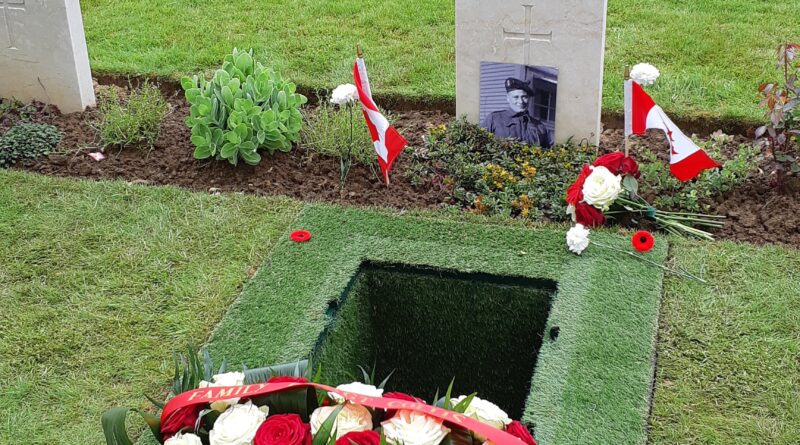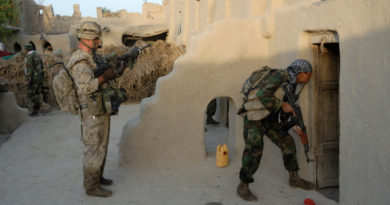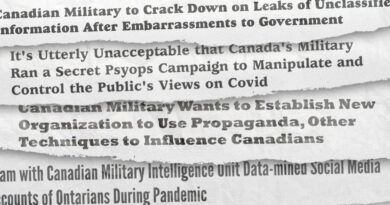Casualty Identification Program
On 20 October 2021, Dr Sarah Lockyer, Directorate History & Heritage, Department of National Defence, briefed RUSI(NS) and guests with a presentation titled “The Casualty Identification Program: Identifying the remains of Canadian soldiers from the First and Second World Wars and the Korean Conflict.”
As a result of the First and Second World Wars as well as the conflict in Korea, there are more than 27,000 Canadian service members who have no known grave. The skeletal remains of those service members are found every year through a number of different types of modern human activity. The Casualty Identification Program does everything in its power to identify the skeletal human remains of service members deemed to be Canadian. There are many variables acting on each case, which will determine the methods used in the investigative process. This presentation will discuss the process undertaken by the Casualty Identification Program to identify the newly discovered skeletal remains of Canadian service members so that they may be buried with their name, by their unit, and in the presence of family.
During the event, Dr Lockyer drew attention to the Directorate History & Heritage webpage “Register to help identify Canadian war dead with no known grave” (https://www.canada.ca/en/department-national-defence/services/military-history/history-heritage/casualty-identification-military/register-missing-military-family.html). From the DHH webpage: “Relatives of soldiers with no known grave from these conflicts are encouraged to register their details with DHH.” Please, consider registering, and pass the word.
Audio recording of the presentation is available to event registrants on request to RUSI(NS).



